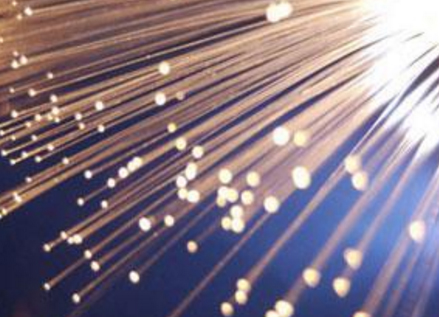As a device that can emit laser light, the use of the laser is very wide. According to the classification of materials, lasers are divided into fiber lasers, semiconductor lasers, solid-state lasers, and CO2 lasers. The fastest-growing fiber lasers have been the most rapidly developed in recent years. According to relevant data, as of the end of 2017, fiber lasers are in the global industrial market. The share has already passed half.
The popularity of fiber lasers is inseparable from the market environment and its own characteristics. Compared with other types of lasers, the advantages of low manufacturing cost, high stability, and fast heat dissipation are applicable to the large-scale growth of industrial cutting and welding requirements.
Ten years ago, the rapid expansion of the mobile phone manufacturing, garment processing and other markets led to the growth of demand for fiber lasers. Many people believe that this is the peak period of the industry. In recent years, the growth rate of mobile phones and clothing has slowed down, and many comments on the “ceiling” of the fiber laser market have emerged to see the bad industry. With the advent of intelligent manufacturing and the Internet of Things, the future of fiber lasers will become more and more widespread. New energy vehicles, new materials, and optical fiber communications will soon be launched, and the market prospects will be unlimited. With the outbreak of these emerging fields, the fiber laser market will see even greater growth in the next decade.

With the release of the national "Made in China 2025" strategy, the term "smart manufacturing" has been widely mentioned. As an inseparable part of the high-end manufacturing industry, the demand for intelligent manufacturing equipment has also increased, and fiber lasers will have a lot to offer.
First, rail transit

Second, optical fiber communication

With the development of the Internet of Things technology, the “Internet of Everything” as a good vision will also become a reality. Optical fiber communication is a part of communication technology, with features of accuracy, reliability, and high speed. In the face of growing applications of the Internet of Things, the requirements for data transmission and processing are even higher. Fiber lasers have low manufacturing costs for glass fibers, mature technologies, and miniaturization and intensive advantages can be brought into play.
Third, new materials

In recent years, with the rapid development of emerging industries such as 3D printing, new energy, and environmental protection equipment, many materials have special requirements. With the outbreak of new industries, new material markets such as new metal materials, fine ceramics and optical fibers will bring greater opportunities, and fiber lasers are widely used in the processing of new materials. The market's requirements for new material processing are lower cost, easier operation, and more stable performance. Compared with traditional laser equipment, fiber lasers are superior in cutting speed.
Fourth, power battery processing

China is already the world's largest market for new energy vehicles. In recent years, new car companies have mushroomed. Compared with traditional fuel car processing, power battery processing is a new big cake. For the laser equipment market, this is A big good news. New energy automotive battery processing has high requirements on cost, safety and environmental control. Fiber lasers can meet the requirements in welding accuracy and equipment stability.
Summary: Under the trend of the global Internet of Things, the requirements for smart manufacturing are higher, faster, and the application scope is broader. As one of the manufacturing equipments that conforms to the trend of the times, fiber lasers will exert their advantages in many new fields. To promote the development of the Internet of Things. Whether it can gain market recognition in these applications, thanks to the development of fiber laser technology.


 中文
中文 English
English France
France العربية
العربية русский
русский español
español português
português srpski језик
srpski језик Việt Nam
Việt Nam
 中文
中文 English
English France
France العربية
العربية русский
русский español
español português
português srpski језик
srpski језик Việt Nam
Việt Nam









